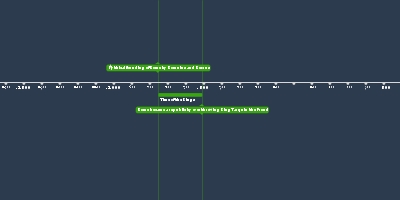Eastern Empire survived as the Byzantine Empire (1 jan 554 ano – 1 jan 1453 ano)
Descrição:
hough the western half of the Roman Empire crumbled and fell in 476 A.D., the eastern half survived for 1,000 more years, spawning a rich tradition of art, literature and learning and serving as a military buffer between Europe and Asia. The Byzantine Empire finally fell in 1453, after an Ottoman army stormed Constantinople during the reign of Constantine XI.The eastern half of the Roman Empire proved less vulnerable to external attack, thanks in part to its geographic location.With Constantinople located on a strait, it was extremely difficult to breach the capital’s defenses; in addition, the eastern empire had a much smaller common frontier with Europe.
It also benefited greatly from a stronger administrative center and internal political stability, as well as great wealth compared with other states of the early medieval period. The eastern emperors were able to exert more control over the empire’s economic resources and more effectively muster sufficient manpower to combat invasion.
As a vassal state, Byzantium paid tribute to the sultan and provided him with military support. Under John’s successors, the empire gained sporadic relief from Ottoman oppression, but the rise of Murad II as sultan in 1421 marked the end of the final respite.
Murad revoked all privileges given to the Byzantines and laid siege to Constantinople; his successor, Mehmed II, completed this process when he launched the final attack on the city. On May 29, 1453, after an Ottoman army stormed Constantinople, Mehmed triumphantly entered the Hagia Sophia, which would soon be converted to the city’s leading mosque.
The fall of Constantinople marked the end of a glorious era for the Byzantine Empire. Emperor Constantine XI died in battle that day, and the Byzantine Empire collapsed, ushering in the long reign of the Ottoman Empire.
Adicionado na linha do tempo:
Data:
1 jan 554 ano
1 jan 1453 ano
~ 899 years
